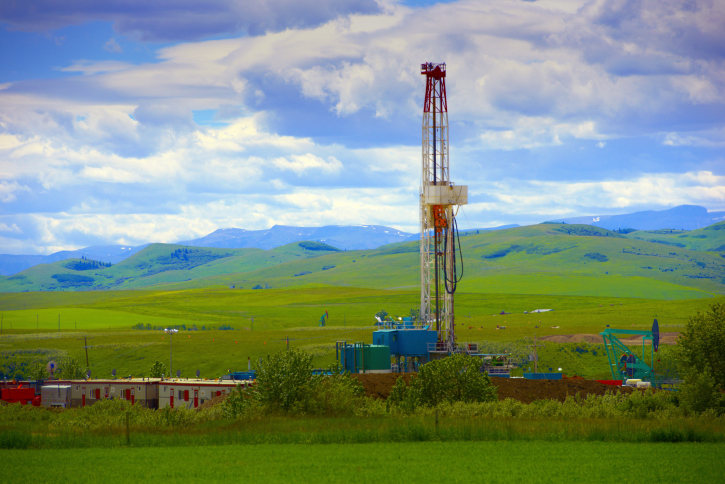Forbes published:
A recent announcement by the Obama Administration targets methane emissions, especially those coming from the energy industry, while touting environmental and health benefits, regulators claim the stringent regulations will help curb climate change.
Indeed, methane is the second largest contributor of greenhouse gas emissions (GHG) in the country. Yet, it is less than 10 percent of total manmade GHG emissions in the United States.
Methane. It sounds ominous to some, but exactly what is it?
Methane is an odorless, colorless, flammable gas that goes by the scientific name CH4. The element is the major constituent of natural gas used for fuel and is an important source of hydrogen.
Methane is naturally occurring. Wetlands and livestock, such as cows and goats, produce methane. In fact, the single greatest source of methane comes directly from the digestive process of livestock. According to the Environmental Protection Agency (EPA), methane gas emissions occurring naturally from livestock accounted for 70 percent more emissions than the oil and gas industry.
The gas collection process in hydraulic fracturing wells currently produces the majority of methane emissions in the oil and gas industry. Many production wells are attempting to capture the spent methane to sell on the market. This free market solution not only profits producers, but curbs emissions as well. This “green-completion” practice, according to Energy Secretary Ernest Moniz, is in effect at nearly half of all hydraulic fracturing sites.
Turning a profit from this previously discarded by-product has come with its own benefits to the industry. With new investments in extraction and production, different technologies have helped the industry increase productivity and profitability, while still reducing emissions. Since 2011, the EPA reports that methane emissions in the oil and gas industry decreased by 12 percent, despite massive growth in both industries.
Declining emissions indicate an obvious point, overbearing methane regulations may seem vogue to some, but they are largely unnecessary since the scientific community and government regulators have been unable to quantify an environmental benefit which directly impacts consumers.
Although cost estimates are not yet released, the mandates are a part of a greater climate plan package, which looks to apply even more regulations. The plan comes with a compliance cost of $8.8 billion dollars. This cost will transfer to consumers, and electricity prices are expected to increase by more than 6 percent in 2020 according to a study by Energy Ventures Analysis.
Not to be outdone by the environmental movement, the Heritage Foundation recently released a study, determining the damaging economic results of the climate plan. Reporting a fifteen-year outlook, the Foundation estimated a loss of 500,000 manufacturing jobs, an aggregate gross domestic product (GDP) loss of more than $2.5 trillion dollars, which equals a total income loss of more than $7,000 per person in the U.S. If accurate, the costs associated with such a new regulatory scheme could far outweigh any benefit.
Many expect an announcement of the proposed regulations this summer and a final ruling by 2016. The costly plan comes with an even costlier outcome and the nation’s economy cannot support such stringent regulations. Increased regulations only cost industry more to produce energy, which will raise production prices, pushing companies to cut jobs and shortcut resources for investments in safety and efficiency.






